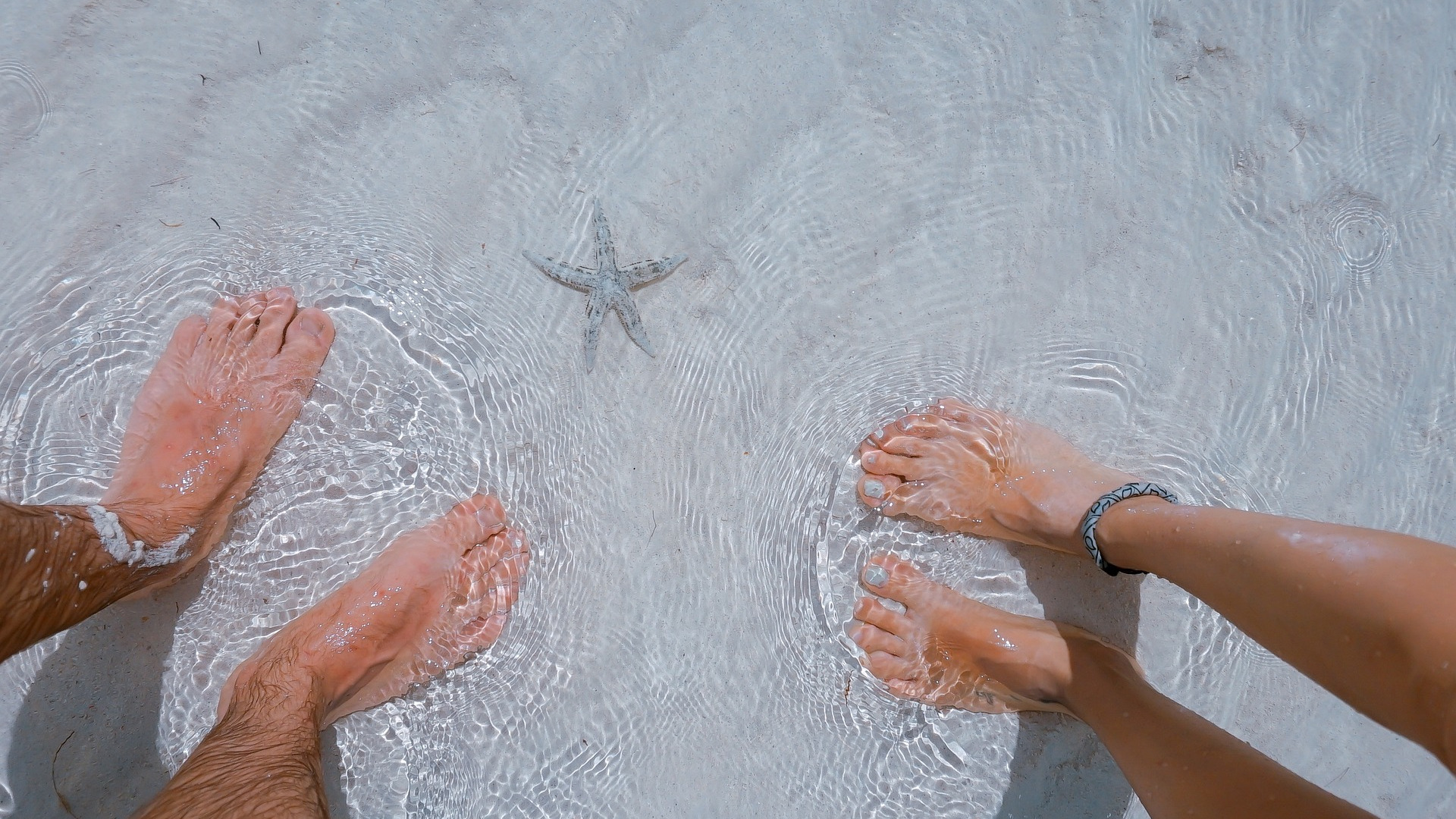Athlete's Foot
Athlete's foot is caused by a fungus that feeds on the keratin in dead skin cells.
When fungus infects the areas between your toes and the skin of your feet, it's called athlete's foot (tinea pedis). The fungus is also called dermatophytes or onychomycosis. It is contagious and lives mainly between the toes but can happen almost anywhere on the body, including the hands and groin area.
Fungus thrives in moist environments, so it's pretty easy to catch if you've participated in sports, used locker rooms, swimming pools, saunas, common showers, or shared clothing. Athlete's foot affects 15-25% of the population. Men and older people are more likely to get it.
Initially, athlete's foot itches and burns between the toes and causes the skin to become sore, crack and peel. Blisters, inflammation, white lesions, redness, scales, and unpleasant smells are common signs of infection.
A person with diabetes has a higher risk of a fungal infection, and diabetes can make the treatment more challenging. People with diabetes should recognize the symptoms of a fungal infection and treat it promptly to avoid more serious bacterial infections or other complications.
Home Remedies and Natural Cures for Athlete's Foot
Here are some natural cures to eliminate Athlete's foot.
Over-The-Counter Medications
If you have an athlete's foot, you can use over-the-counter (OTC) medications to control the symptoms. If these treatments don't work after a few weeks, check with your doctor for advice and more potent medicines.
Many kinds of antifungal powders, creams, gels, lotions, and sprays are available OTC. You may need to experiment with a few before finding the one that works best for you.
Follow the instructions on the product label you choose. Generally, you should apply the medication daily after washing and drying your feet. Continue treatment for 1-2 weeks even after the infection has cleared to prevent it from returning. If the itchy rash on your feet doesn't clear up after a couple of weeks, consult your doctor.
- Antifungal creams: Lotrimin Ultra, Lamisil AT, and Micatin contain antifungal medication such as clotrimazole, terbinafine, or miconazole that can kill the fungi causing athlete's foot.
- Antifungal sprays: Lotrimin AF Athlete's Foot Spray and Tinactin Antifungal Spray help to kill the fungi-causing athlete's foot and can be easier to apply to hard-to-reach or hairy areas.
- Antifungal powders: Lotrimin AF Athlete's Foot Powder and Zeasorb Antifungal Powder can help to absorb moisture from the feet and prevent the growth of fungi.
- Antifungal soaps: Defense Antifungal Medicated Bar Soap and Fungi-Nail Anti-Fungal Soap contains antifungal medication that can help kill the fungi of athlete's foot while cleansing the affected area.
Proper Hygiene and Footwear
Since moist, warm, and damp conditions are necessary for athlete's foot to grow, wearing sandals or going shoeless as much as possible (at home) can help to control the fungal infection. Wearing proper footgear in public places will stop you from coming into contact with the fungus and prevent infection.
Avoid sharing socks or shoes with others as the infection is spread from shed skin flakes.
Because athlete's foot thrives in moist areas, it is important to alternate the shoes you wear during the day so they have time to dry completely before wearing them again.
Cleaning feet thoroughly with antibacterial soap and carefully drying between toes, even using a blow dryer to ensure no moisture remains on the feet, can help.
Spraying antiperspirant on your feet, between your toes, and in your shoes can help keep infection down and increase dryness.
Vinegar
A natural cure for athlete's foot is a vinegar/water solution of one part white vinegar to two parts water. Soak your feet in the solution for 20 to 30 minutes a day. Dry feet thoroughly after treatment.
Mentholatum/Vicks Vapor Rub
The aromatic spirits in mentholated products such as Vicks Vapor Rub are menthol, eucalyptus, camphor oil, cloves, etc., which help to inhibit fungal growth and spread. Rub the medicated compound on the affected area and cover it overnight with socks (or gloves if the fungus is on the hands). Relief from soreness and chapping should occur within a few days.
Baking Soda
Baking soda keeps feet cool and dry, deodorizes, and is a natural cure for the unpleasant smell of athlete's foot.
- Sprinkle baking soda between your toes, rinse after 20 to 30 minutes, and dry your feet thoroughly.
- You can sprinkle baking soda inside your shoes and socks to help reduce moisture, inhibit fungus growth and deodorize any unpleasant odor.
Tea Tree Oil
Tea tree oil is a natural antifungal. Rub tea tree oil between your toes, toenails, and affected areas for several weeks. Tea tree oil is for external use only and can be found at any health food store.



